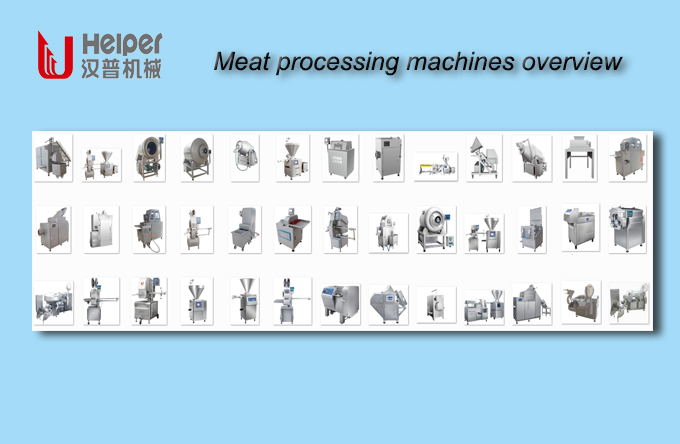Myelin basic protein (MBP) Specification Purpose: This kit is used to determine the content of myelin basic protein (MBP) in human serum, plasma and related liquid samples. Experimental principle: This kit uses the double antibody sandwich method to determine the level of human myelin basic protein (MBP) in the specimen. The microplate was coated with purified human myelin basic protein (MBP) antibody to prepare a solid phase antibody, and the myelin basic protein (MBP) was sequentially added to the microcapsule of the coated monoclonal antibody, followed by the HRP-labeled medulla. The sheath basic protein (MBP) antibody binds to form an antibody-antigen-enzyme-labeled antibody complex, which is thoroughly washed and then added to the substrate TMB for color development. TMB is converted to blue under the catalysis of HRP enzyme and converted to the final yellow color by the action of an acid. The color depth is positively correlated with myelin basic protein (MBP) in the sample. The absorbance (OD value) was measured with a microplate reader at a wavelength of 450 nm, and the concentration of human myelin basic protein (MBP) in the sample was calculated from a standard curve. Kit composition: Kit composition 48-well configuration 96-well configuration Storage instructions 1 part 1 part sealing film 2 pieces (48) 2 pieces (96) Sealed bag 1 1 enzyme label coated plate 1 × 48 1 × 96 2 -8 ° C preservation standard: 13.5μg / L 0.5ml × 1 bottle 0.5ml × 1 bottle 2-8 ° C preservation standard dilution 1.5ml × 1 bottle 1.5ml × 1 bottle 2-8 ° C preservation enzyme standard reagent 3 ml ×1 bottle 6 ml×1 bottle 2-8°C Preservation sample dilution 3 ml×1 bottle 6 ml×1 bottle 2-8°C Preservation developer A solution 3 ml×1 bottle 6 ml×1 bottle 2-8°C Preservation developer B solution 3 ml × 1 bottle 6 ml × 1 bottle 2-8 ° C Preservation solution 3 ml × 1 bottle 6 ml × 1 bottle 2-8 ° C Preservation concentrated washing solution (20ml × 20 times) × 1 bottle (20ml ×30 times) × 1 bottle 2-8 ° C preservation sample processing and requirements: 1. Serum: room temperature blood solidification for 10-20 minutes, centrifugation for about 20 minutes (2000-3000 rev / min). The supernatant is carefully collected, and if precipitation occurs during storage, it should be centrifuged again. 2. Plasma: EDTA or sodium citrate should be selected as an anticoagulant according to the requirements of the specimen. After mixing for 10-20 minutes, centrifuge for about 20 minutes (2000-3000 rpm). The supernatant is carefully collected, and if a precipitate forms during storage, it should be centrifuged again. 3. Urine: Collect with a sterile tube and centrifuge for about 20 minutes (2000-3000 rpm). The supernatant is carefully collected, and if a precipitate forms during storage, it should be centrifuged again. The chest and ascites and cerebrospinal fluid are referred to. 4. Cell culture supernatant: When detecting secreted components, collect them in a sterile tube. Centrifuge for about 20 minutes (2000-3000 rpm). Collect the supernatant carefully. When the components in the cells were detected, the cell suspension was diluted with PBS (pH 7.2-7.4), and the cell concentration reached about 1 million/ml. By repeated freezing and thawing, the cells are destroyed and the intracellular components are released. Centrifuge for about 20 minutes (2000-3000 rpm). Collect the supernatant carefully. If a precipitate forms during storage, it should be centrifuged again. 5. Tissue specimen: After cutting the specimen, weigh the weight. Add a certain amount of PBS, pH 7.4. It was quickly frozen and stored in liquid nitrogen for use. The specimen still maintains a temperature of 2-8 ° C after melting. A certain amount of PBS (pH 7.4) was added, and the specimen was homogenized by hand or homogenizer. Centrifuge for about 20 minutes (2000-3000 rpm). Collect the supernatant carefully. One part of the package is to be tested, and the rest is frozen for use. 6. The specimens should be extracted as soon as possible after collection, and the extraction should be carried out according to the relevant literature. The experiment should be carried out as soon as possible after extraction. If the test cannot be performed immediately, the specimen can be stored at -20 °C, but repeated freezing and thawing should be avoided. 7. Samples containing NaN3 cannot be detected because NaN3 inhibits horseradish peroxidase (HRP) activity. Steps
Meat Processing Machines
As one of the earliest enterprises specializing in meat food processing machinery, Helper Group integrates research and development, production, sales and service in the modern management system. Our company has now set up scores of equipment used in the field of meat processing such as frozen meat breaker series, meat block grinder series, Chopper And Mixer Series, saline injector series, tumbling machine series, smoke oven series, filling machine series, sausage linker series, clips tying machine series etc.We also provide sausage lines,vacuum sausage filler,vacuum stuffer.

Sausage Separator Series,Chopper And Mixer Series,Clipping System Solutions,Sausage Lines,Vacuum Sausage Filler,Vacuum Stuffer
Shijiazhuang Helper Food Machinery Co., Ltd. , https://www.processings.nl
